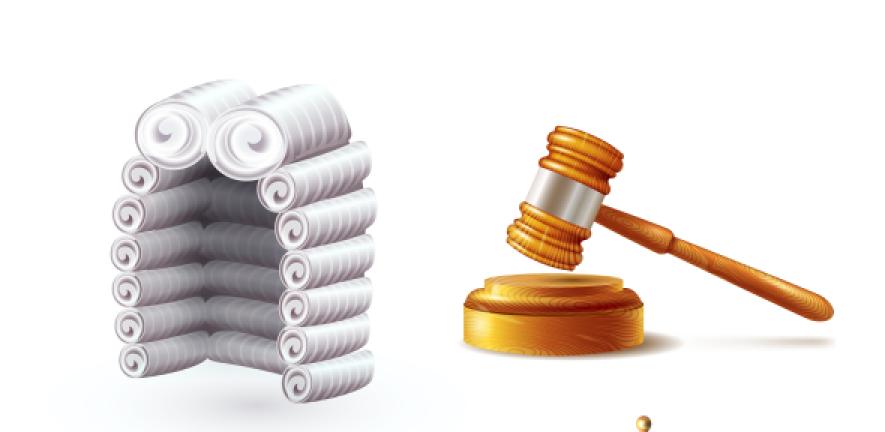
Background
The legal community faces a number of challenges around the use of probability and statistics in forensic science. For instance, while there have been dramatic advances in the range and scale of forensic techniques used to help solve legal cases, the way that the probative value of forensic evidence is presented in courts is rudimentary and often flawed. In particular, where probative value is presented in probabilistic and statistical terms there have been numerous instances of misunderstanding leading to miscarriages of justice.
This one day workshop was part of the Isaac Newton Institute Research Programme on Probability and Statistics in Forensic Science. It followed an earlier consultation event held in London on 9th February 2016, that involved discussion with members of the legal community and senior academics, to better understand the difficulties and concerns that the profession faces. Discussions in the consultation highlighted the need for a clear consensus as to the uses and limitations of statistics and probability in criminal evidence and how these things should be expressed. It was also agreed that maths experts in court should communicate in ways that people can understand and that more independent validation of assumptions and models, including software used for DNA analysis, is required.
This event sought to bring together experts and stakeholders (such as end-users from the legal profession) to highlight the key outputs from the six month research programme. It also presented opportunities for practitioners to discuss barriers and key challenges with leading researchers in the field.
Aims and Objectives
A number of promising areas have been identified which could help address challenges around how probative value is presented in probabilistic and statistical terms. Some of these have been included in the research being carried out in this Research Programme. This includes the field of Bayesian-based probabilistic frameworks to assist in evaluating forensic evidence and combining it with other types of evidence. Such graphical models have potential to dramatically improve many aspects of the criminal justice system.
This workshop therefore provided an update on the latest developments in relevant research. It featured presentations and discussions on the:
- Development of an agreed set of guidelines, including reference to the Royal Statistical Society guidelines , and a summary of the core statistical and probabilistic issues which should be assessed when any evidence using estimates is presented;
- Projects developing communication and education by several organisations, including the Royal Society and the Advocacy Training Council;
- Reviews of mathematical issues in past criminal and civil cases, including common statistical features of appeal cases;
- Exploration of different methodologies, and issues relating to the use and communication of likelihood ratios.
The event was of interest to individuals from a number of areas including:
- Legal professionals involved in cases where statistics and probability are used;
- Legal scholars who work in the area of statistics and the law;
- Mathematicians and statisticians;
- Forensic scientists and the Police.
Venue
The workshop took place at the Isaac Newton Institute.


